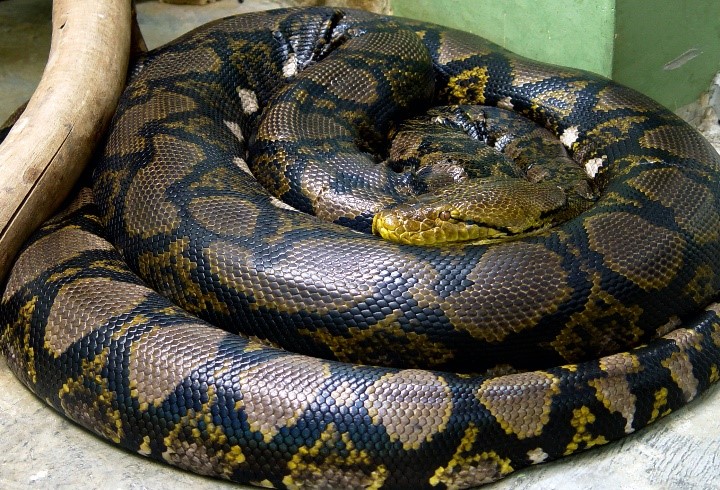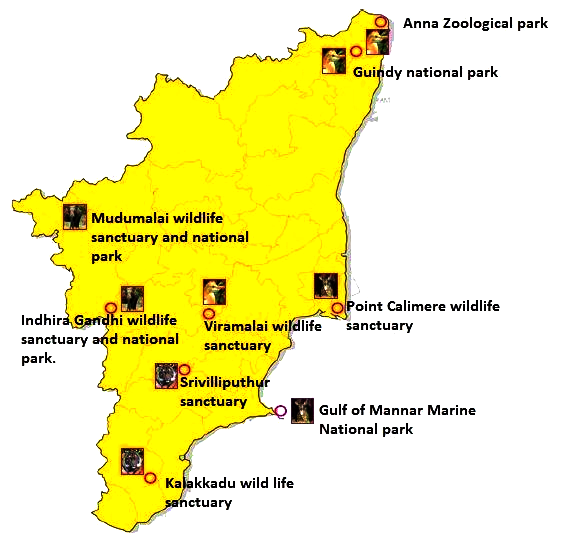





Disclaimer: Copyright infringement not intended.
Context
Reticulated Python
About
Range
Habitat
Characteristics
Conservation Status
Economic Importance
Guindy National Park
About
Location
Ecology
Flora
Fauna
Flagship Species

|
PRACTICE QUESTION Q. Consider the following statements: 1. The reticulated python is a python species native to Africa. 2. It is an excellent swimmer and a non-venomous constrictor. 3. It is listed as Vulnerable on the IUCN Red List because of its wide distribution. Which of the above statements is/are correct? A) 1 and 3 only B) 2 only C) 2 and 3 only D) None Answer: B) 2 only PRACTICE QUESTION Q. Arrange the following locations from North to South: 1. Point Calimere Wildlife Sanctuary 2. Kelakkadu Wildlife Sanctuary 3. Guindy National Park 4. Mudumalai National Park Select the correct code from the options given below: [A] 3,4,1,2 [B] 2,4,3,1 [C] 3,4,2,1 [D] 4,3,2,1 Answer: [A] 3,4,1,2 |











© 2024 iasgyan. All right reserved